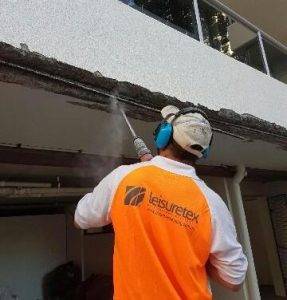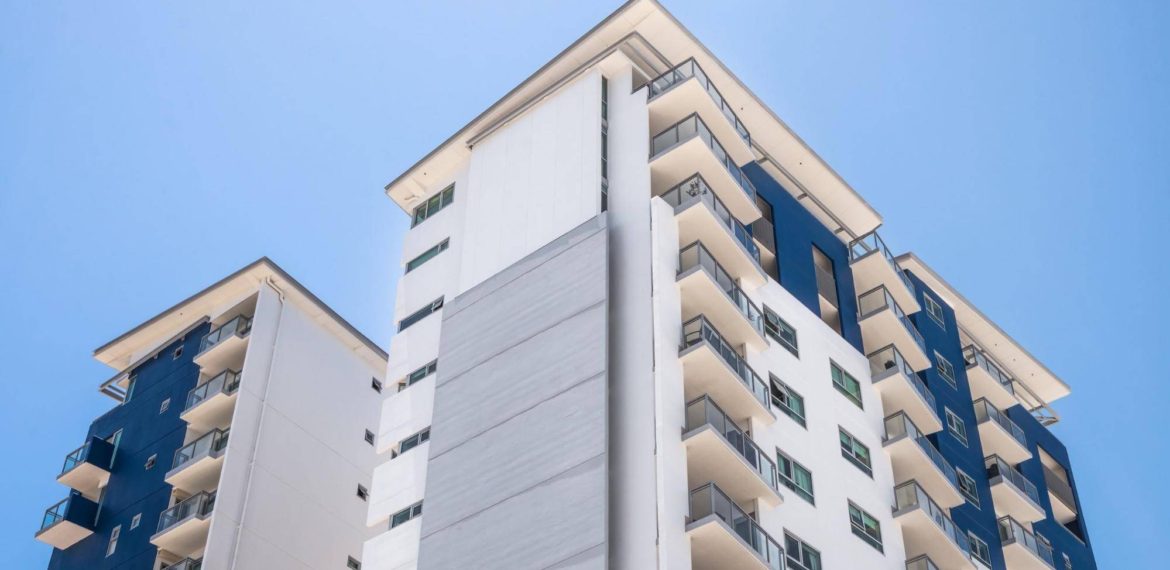Working at heights – How safe is your building?
HOW SAFE IS YOUR BUILDING FOR WORKERS AT HEIGHTS?
Whether it be 2 metres or storeys from the ground, YOU as a facility manager or person in charge of a business/undertaking have a degree of responsibility to ensure the safety of anyone who is working on the roof.
Yes that’s right. The Code of Practice under the Work Health & Safety Act Section 274 specifies that a person conducting a business or undertaking is a duty holder, and therefore must “minimise the risk of falls so far as is reasonable practicable by providing a fall prevention device, work positioning system or a fall arrest system“.
TOP REASONS WHY YOU SHOULD CARE ABOUT HEIGHT SAFETY
Myth no. 1 – The safety of workers at heights is not my concern, it’s the responsibility of the contractor.
WRONG! Managing the risk of falls at workplaces falls under one of the duties required by PBCUs – Persons conducting a business or undertaking. As well as the contractor, PBCUs must eliminate the risk of falls by providing a safe means of access.
Myth no. 2 – All subcontractors who work on my building are fully trained in working at heights.
WRONG! Not all tradesmen have had training and working at heights is high-risk activity. Always ask the service provider to show their qualification in working at heights.
Myth no. 3 – No need to worry, we’ve always had a fall protection system in place.
WRONG! All roof access systems must be routinely checked, maintained and RE-certified each year by a certified height safety inspector.
AND LASTLY,
Myth no. 4 – We don’t need to access the roof often.
You guessed it..WRONG AGAIN! The importance at safety in working at heights should never be underestimated. Safety must be a priority to provide protection against falls and you will need a method for controlling risks at height 2 metres or more.
Did you know..
In Australia, an average of 29 people die from work-related falls. 50% of the worst reported injuries happen from falling under 3 metres.
THEREFORE, IT’S IMPORTANT THAT YOU PERFORM A HEIGHT SAFETY HEALTH CHECK
![]() Does your building/property have a height safety fail-safe system that is both, correctly laid out and compliant with the Work Healthy and Safety Act? Not sure? Get in touch with a Leisuretex Access Solutions Technician for an inspection.
Does your building/property have a height safety fail-safe system that is both, correctly laid out and compliant with the Work Healthy and Safety Act? Not sure? Get in touch with a Leisuretex Access Solutions Technician for an inspection.
![]() Has your height safety system had a recent inspection and re-certification? Leisuretex organises height safety audits to ensure the safety of your workers. We will check your height safety system for compliance, and to guarantee that you are meeting your responsibilities.
Has your height safety system had a recent inspection and re-certification? Leisuretex organises height safety audits to ensure the safety of your workers. We will check your height safety system for compliance, and to guarantee that you are meeting your responsibilities.
![]() Do you have work procedures for conducting work at heights? Is there a risk management system that you use to manage and control updated documents and installed height systems?
Do you have work procedures for conducting work at heights? Is there a risk management system that you use to manage and control updated documents and installed height systems?
![]() Are you familiar with WHS Act 2011 and Safe Work Australia – Code of Practice for managing risk of falls at workplaces? This lists your legal obligations and requirements regarding height safety.
Are you familiar with WHS Act 2011 and Safe Work Australia – Code of Practice for managing risk of falls at workplaces? This lists your legal obligations and requirements regarding height safety.
![]() Have you downloaded a copy of our Anchor Compliance Checklist for Building Managers which helps to identify height safety items needing action?
Have you downloaded a copy of our Anchor Compliance Checklist for Building Managers which helps to identify height safety items needing action?
CONTACT A CERTIFIED HEIGHT SAFETY INSPECTOR
Leisuretex Property Maintenance height safety technicians are accredited to assess, certify and install fail-safe systems which meet the Australian Standards. We use the highest quality materials that are batch tested, dependable and give total peace of mind.
Leisuretex have offices in Brisbane and the Gold Coast, get in touch with us today.
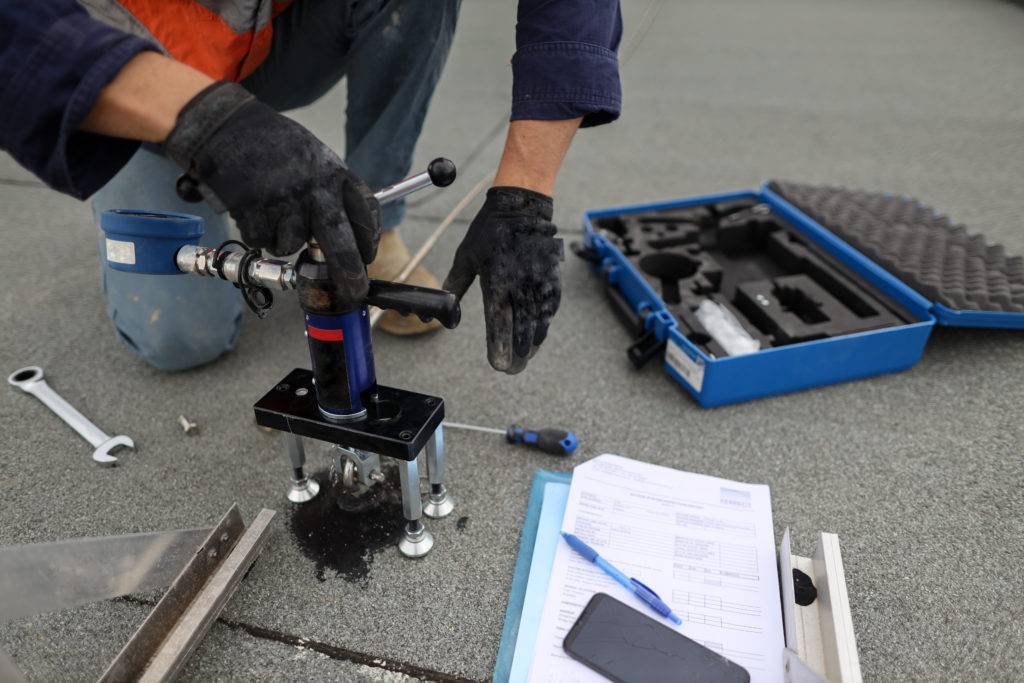

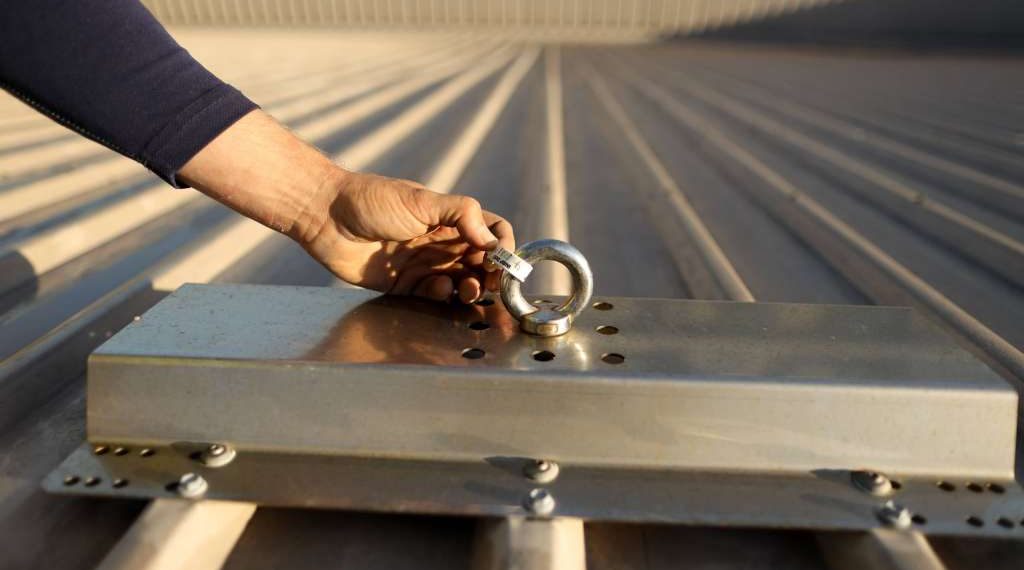
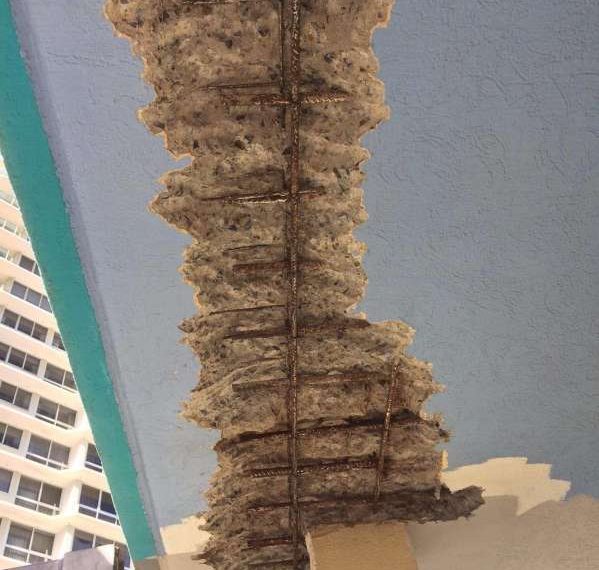
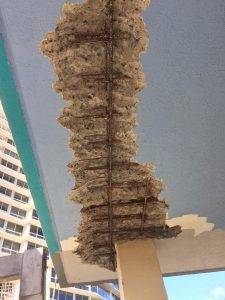
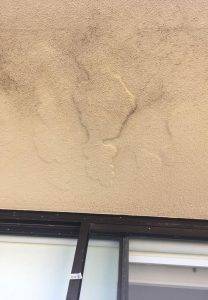 ‘Scalloping’ can be a sign of spalled concrete.
‘Scalloping’ can be a sign of spalled concrete.